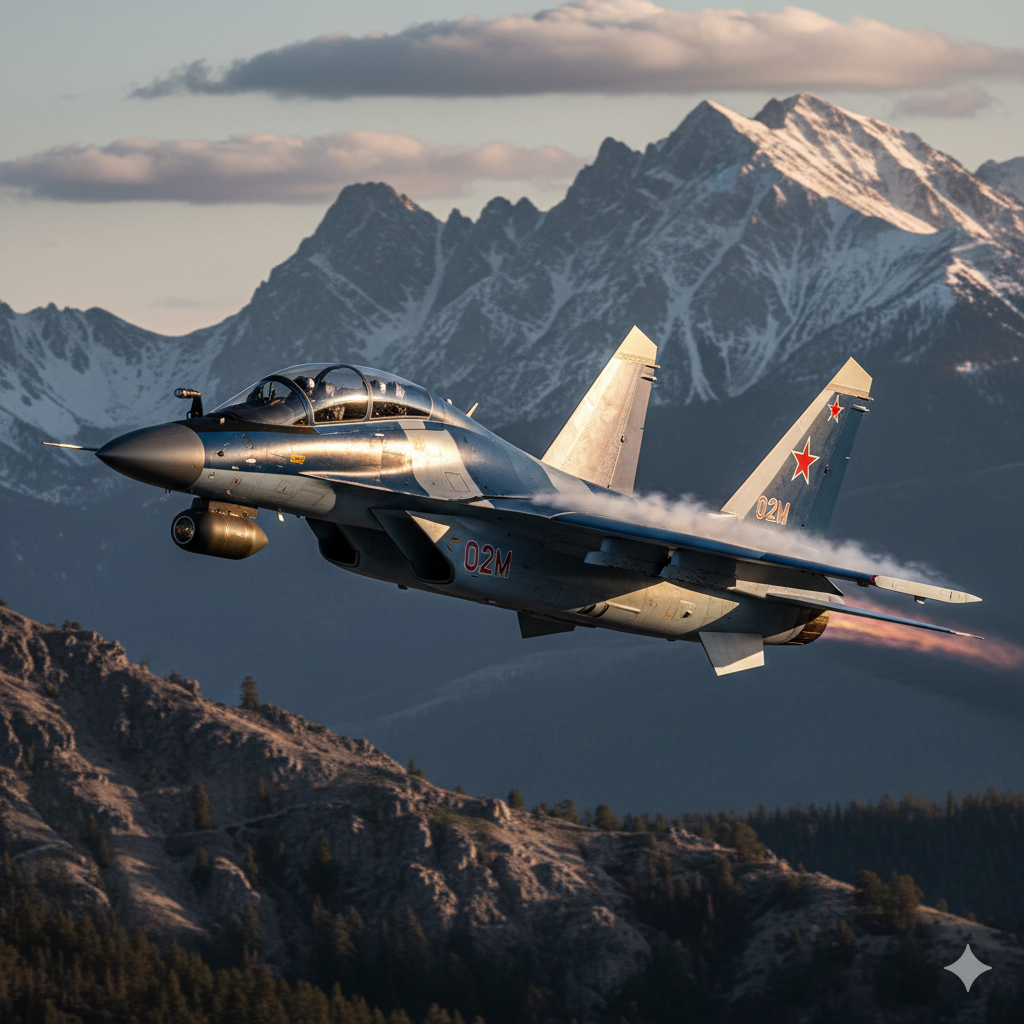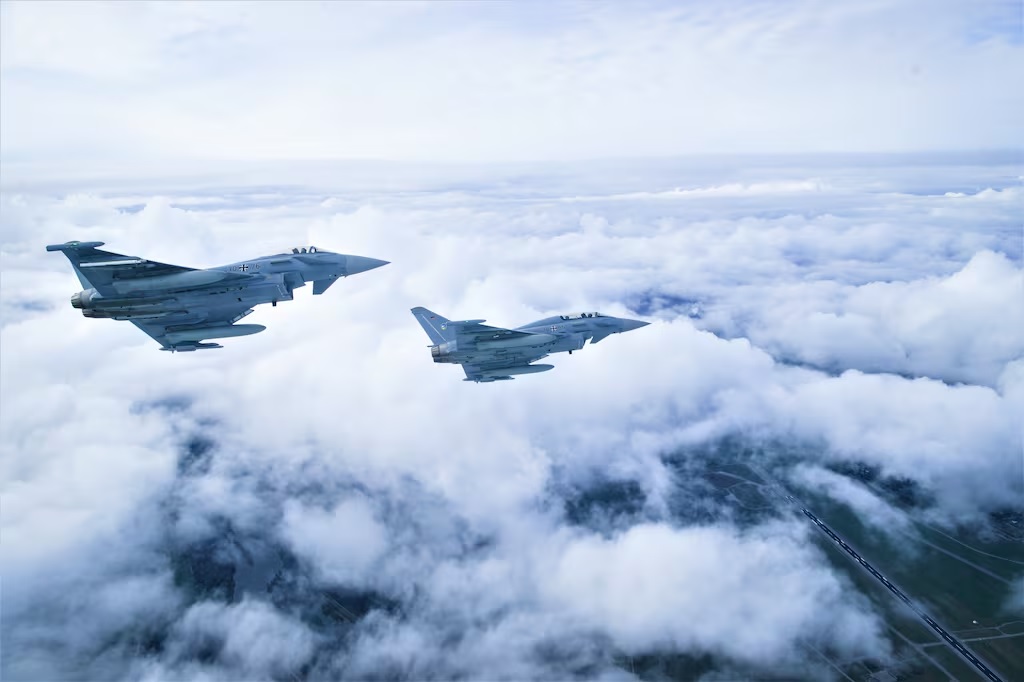The world of military aviation is in constant evolution, pushing the boundaries of technology and training to meet the complex demands of modern aerial combat. In this dynamic landscape, the role of advanced trainer aircraft is more critical than ever, serving as the bridge between basic flight instruction and the sophisticated intricacies of front-line fighter operations. Recently, significant news emerged from Russia, signaling a major leap forward in this crucial domain: the second prototype of the upgraded Yak-130M combat trainer aircraft has taken to the skies for its maiden flight. This development, first reported by TASS, marks a pivotal moment, promising to reshape how future generations of pilots are prepared for the challenges of 21st-century air warfare.
A Legacy of Excellence, Reimagined
The original Yak-130 (NATO reporting name: “Mitten”) has long been a cornerstone of advanced pilot training for Russia and numerous international operators. Known for its exceptional maneuverability, sophisticated avionics, and ability to simulate the flight characteristics of various fourth and fifth-generation fighter jets, it has proven itself as a highly effective and versatile platform. However, in the relentless pursuit of aerospace superiority, even the most capable designs require continuous innovation. The “M” designation in Yak-130M signifies a substantial modernization effort, aimed at enhancing every facet of the aircraft’s performance, capability, and operational efficiency.
While specific details surrounding the upgrades are often closely guarded, industry analysts and aviation enthusiasts can infer several key areas of improvement. These typically include advancements in propulsion, avionics, weapon systems integration, and structural enhancements. An upgraded engine, for instance, could provide increased thrust, better fuel efficiency, and improved reliability, directly impacting the aircraft’s performance envelope and operational range.
The Brains Behind the Brawn: Enhanced Avionics and Systems
Perhaps the most impactful upgrades in a modern aircraft often lie within its avionics suite. The Yak-130M is expected to feature a significantly revised “glass cockpit,” incorporating larger, more intuitive multi-function displays, advanced helmet-mounted sighting systems, and updated flight control software. These improvements are not merely cosmetic; they directly translate to a more immersive and realistic training environment, allowing pilots to familiarize themselves with the sophisticated human-machine interfaces found in cutting-edge combat aircraft.
Furthermore, new mission computers and data links could facilitate more complex simulated scenarios, including advanced air-to-air combat tactics, precision ground attack drills, and electronic warfare exercises. The ability to realistically replicate diverse operational environments is paramount for preparing pilots for the unpredictable nature of actual combat. Imagine a trainee pilot experiencing the nuances of flying alongside simulated wingmen, engaging multiple targets, and reacting to virtual threats – all within the confines of a highly capable trainer aircraft.




